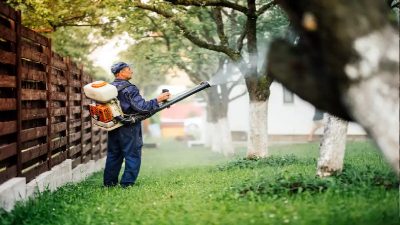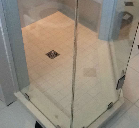In any instance where the water damage is extensive, the Insulation in Columbus Ohio should be replaced. There is no middle ground. Water will do serious damage, and wet insulation is a disaster at every single level. It is not often obvious to see when water damage is bad. If water sat on the floor along the wall at a few inches for hours upon hours, the insulation is probably wet. If there is visible damage to the walls, the insulation is wet.
The above scenarios would necessitate cutting open the wet area, disposing of the drywall, and clearing out the insulation. But, what about situations where the damage is less obvious? What would happen in a situation where the water damage is marginal? Could the insulation remain intact?
The Flaw of Insulation
There is no clear answer here, and, like most things, there is a fine line between “extensive and necessary” and “probably a good idea but not required.” In the case of insulation, it is easily prone to getting wet. If one area is wet, the rest can easily become quite wet as well. There is little absorption in most types of insulation, which is an argument for foam insulation. Foam styles are thicker and less likely to be vulnerable to the spread of water.
A Breeding Ground
Regardless, insulation spreads water with ease. The problem is further accelerated by the fact that insulation is usually hidden away and in small confined areas where water is unlikely to easily dry out. The water that does make its way into the insulation will not evaporate quickly. It will sit and linger. Wet insulation inside walls is the greatest hotbed for mold and mildew, let alone vicious and unhealthy forms of bacteria.
Wet insulation is the perfect storm for the proliferation of mold. Due to the speed in which mold can grow and its limitless growth, Insulation in Columbus Ohio should universally be replaced. The insulation in the affected area has to go. It often takes a professional to determine the scope of what is considered the affected area. Visit Arrowroofingandsiding.com for more on wall and roof insulation, and how to tackle water damage.
Follow us on Google+!







